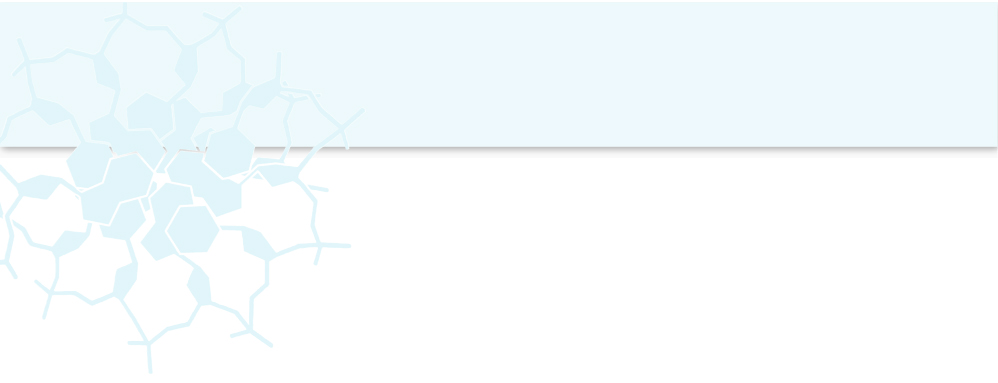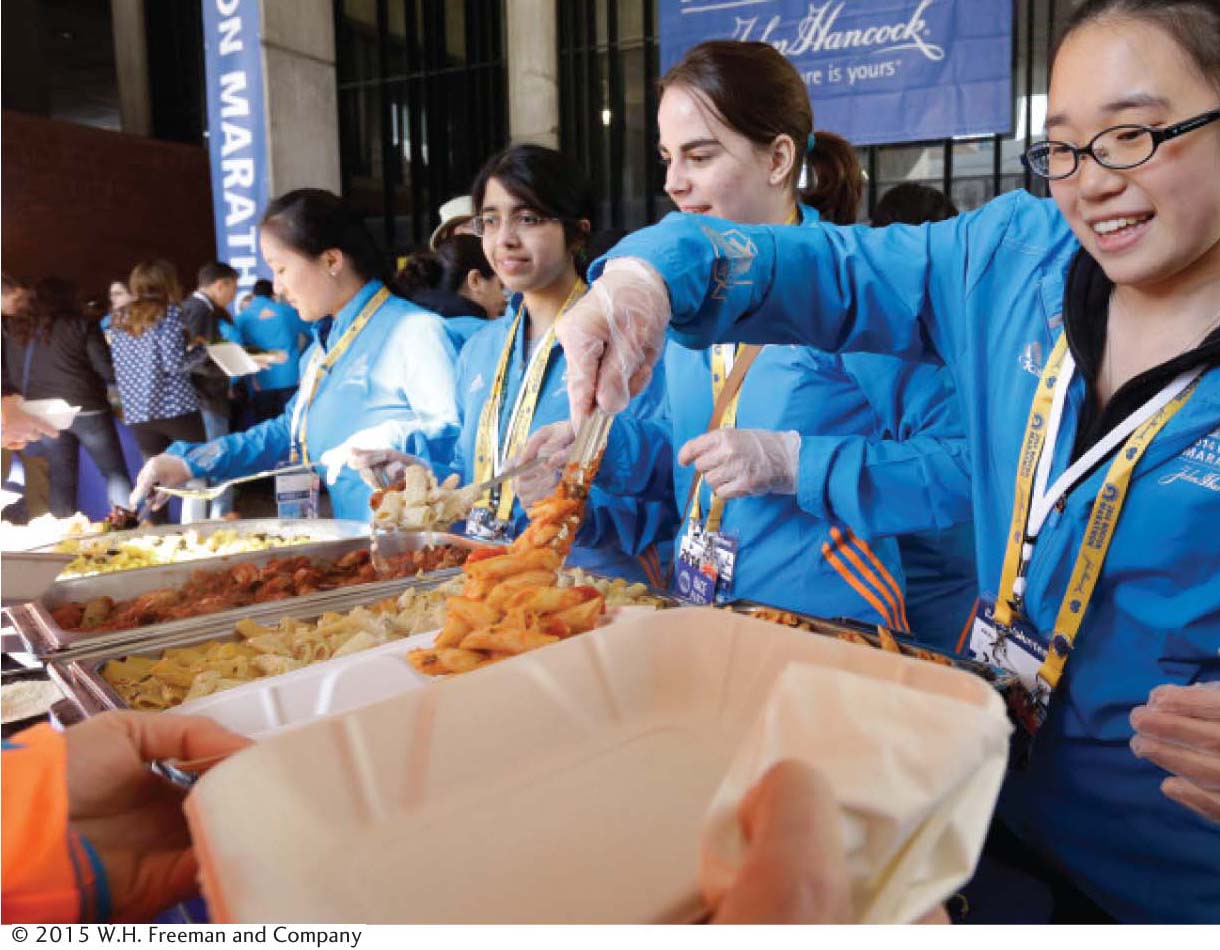
Glycogen Metabolism and the Pentose Phosphate Pathway




Cyclists sometimes call it “bonking”; distance runners, “hitting the wall.” Both expressions describe a state of exhaustion in which further exercise is all but impossible. What is the biochemical basis for this condition?
After final exams are finished, tired students will sometimes sleep for 12 or more hours. Although other tissues can use fat stores as a fuel, the brain requires glucose as a fuel. How is the brain supplied with glucose during this long fast?
The answers to both of these questions entail the biomolecule glycogen. Glycogen is a storage form of glucose that can be readily broken down to yield glucose molecules when energy is needed. The depletion of muscle glycogen accounts in part for the feeling of exhaustion after intensive exercise, whereas the parceling out of the liver glycogen stores during a night’s fast allows the brain to continue functioning.
As with any precious resource, glucose should be stored when plentiful. Much of the glucose consumed after an exercise bout or after a night’s sleep is stored as glycogen. The interplay between glycogen breakdown and glycogen synthesis must be highly coordinated to ensure that an organism has glucose when needed.
Not all glycogen metabolism is related to energy needs. The ultimate product of glycogen breakdown—
We begin this section with an examination of how glycogen stores are degraded, or mobilized, and how this mobilization is regulated. Glycogen mobilization is activated during exercise or fasting. We next consider the reverse process: in times of low energy demand and glucose excess, glycogen is synthesized. We will see how glycogen synthesis and degradation are coordinated. Finally, we look at how glucose 6-
✓By the end of this section, you should be able to:
✓ 1 List and describe the steps of glycogen breakdown, and identify the enzymes required.
✓ 2 Explain the regulation of glycogen breakdown.
✓ 3 Describe the steps of glycogen synthesis, and identify the enzymes required.
✓ 4 Explain the regulation of glycogen synthesis.
✓ 5 Describe how glycogen degradation and synthesis are coordinated.
✓ 6 Identify the two stages of the pentose phosphate pathway, and explain how the pathway is coordinated with glycolysis and gluconeogenesis.
✓ 7 Identify the enzyme that controls the pentose phosphate pathway.